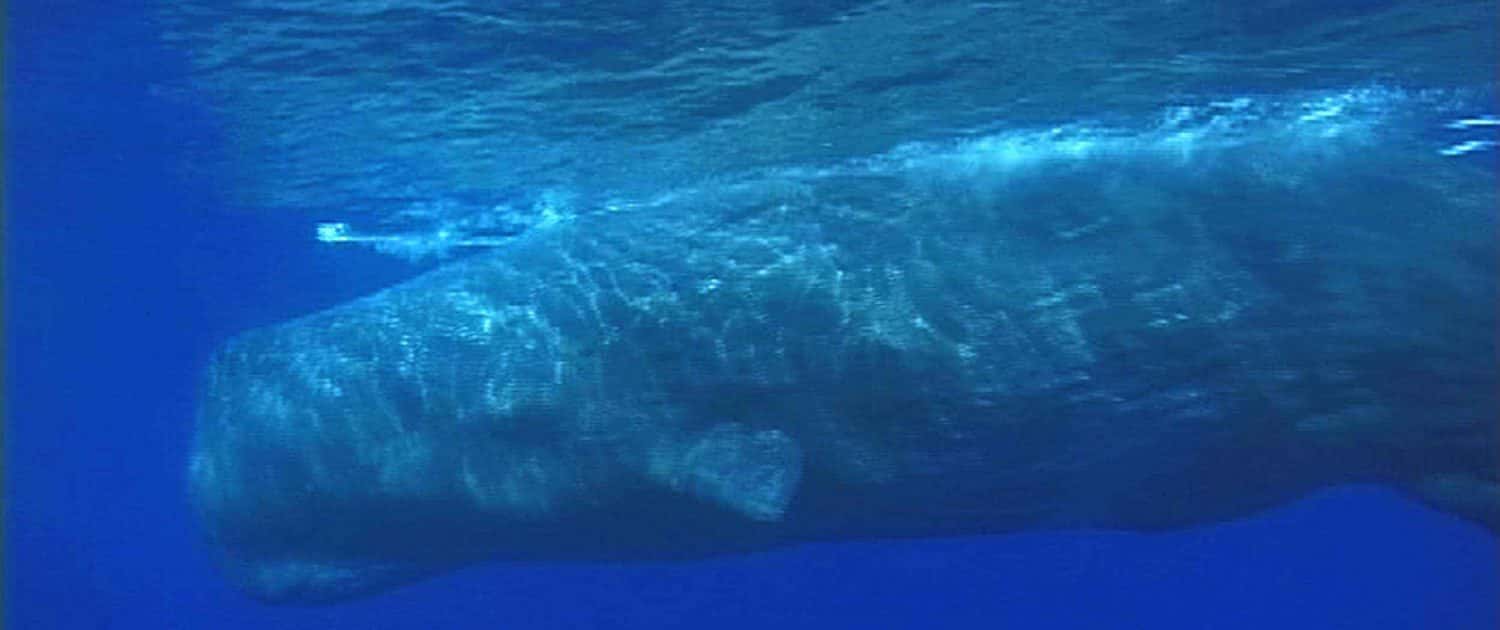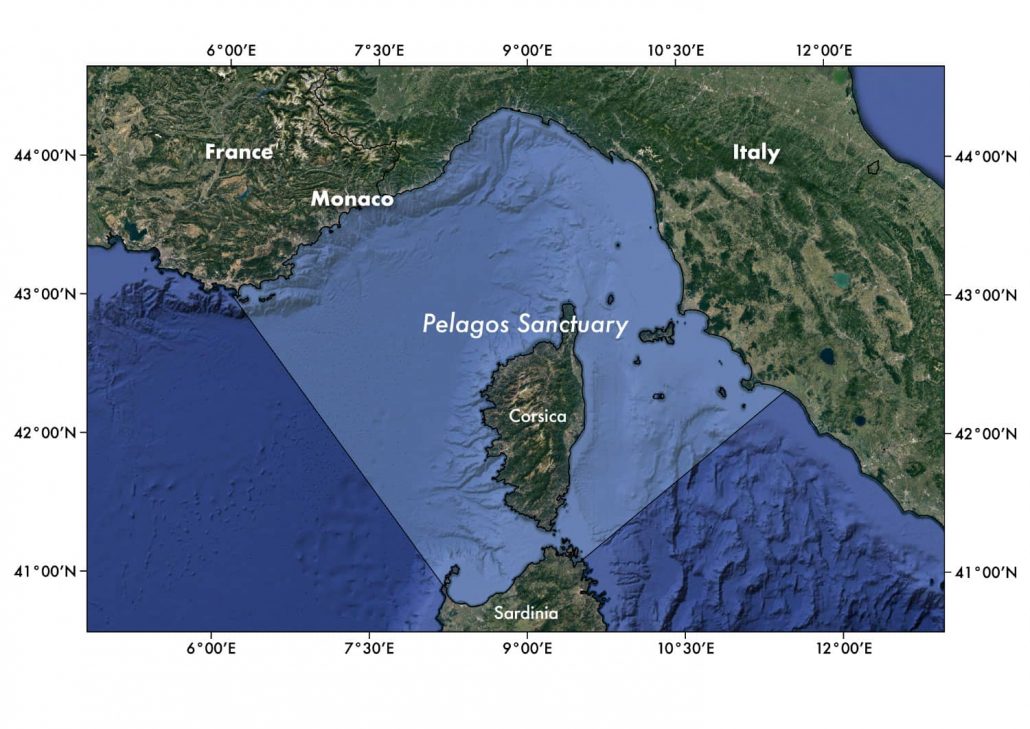Tethys’ study area in northern Italy
Cetacean Sanctuary Research (CSR) Cruises range between the italian and the french coast, in the heart of the specially protected area for whales and dolphins called “Pelagos Sanctuary”
The activities of the Cetacean Sanctuary Research (CSR) are conducted in the heart of the “Pelagos Sanctuary”, a large marine area protected for whales and dolphins, listed as Specially Protected Area of Mediterranean Importance (SPAMI). The Project’s study area extends seawards from Sanremo, where the cruises leave from. The borders are approximately capo Mele on the italian coast, Saint Raphael on the french coast and the northern part of the island of Corsica.








